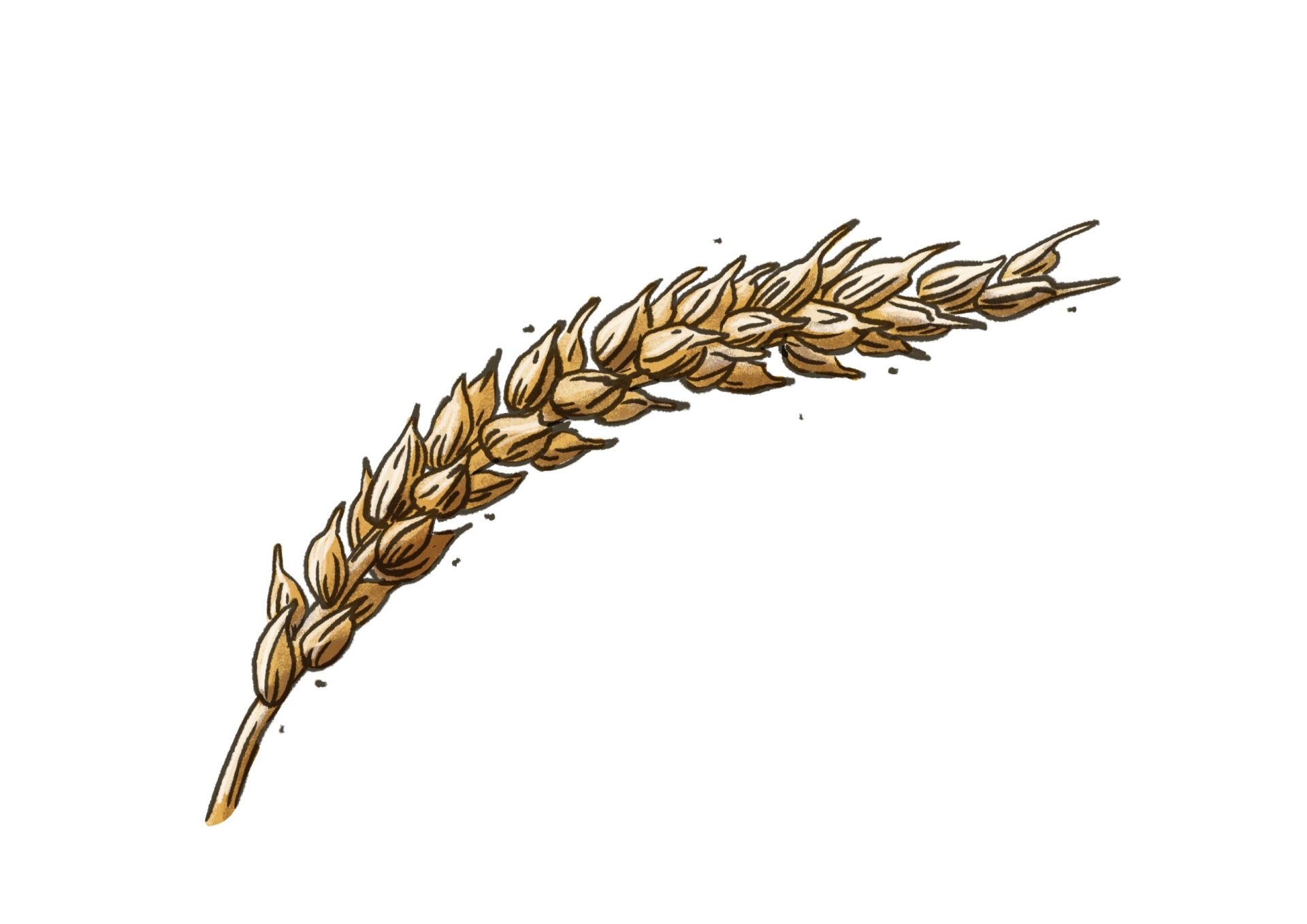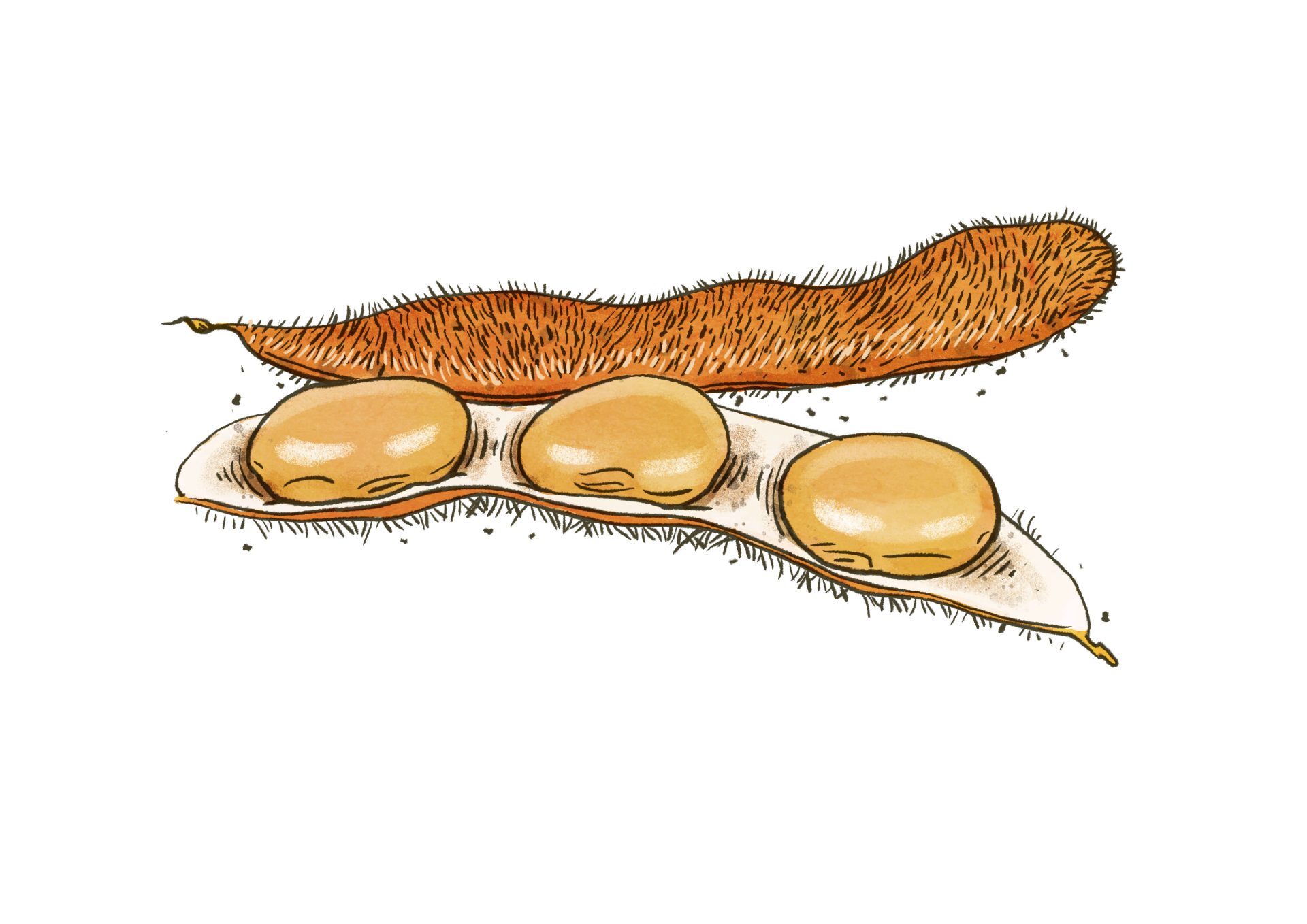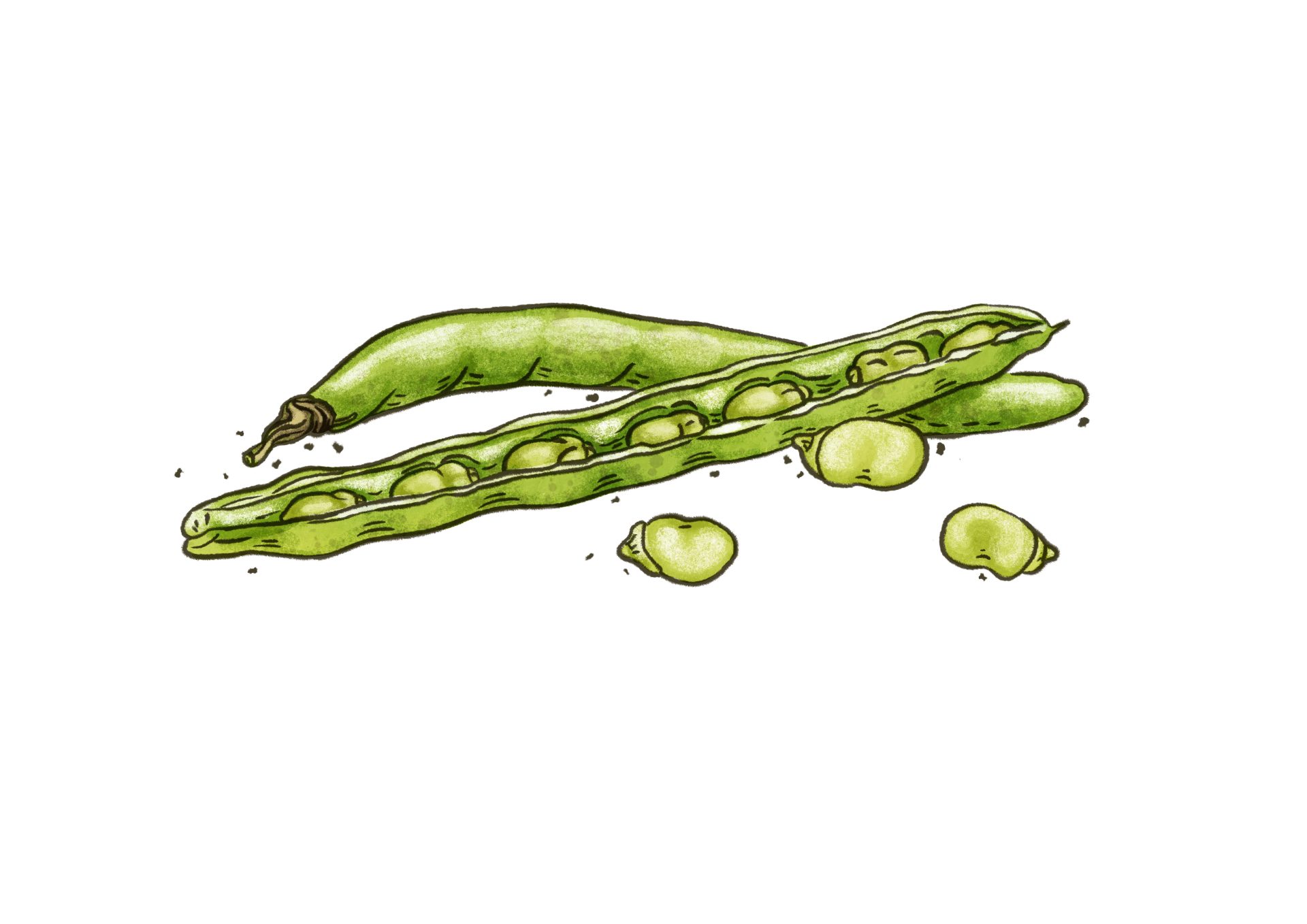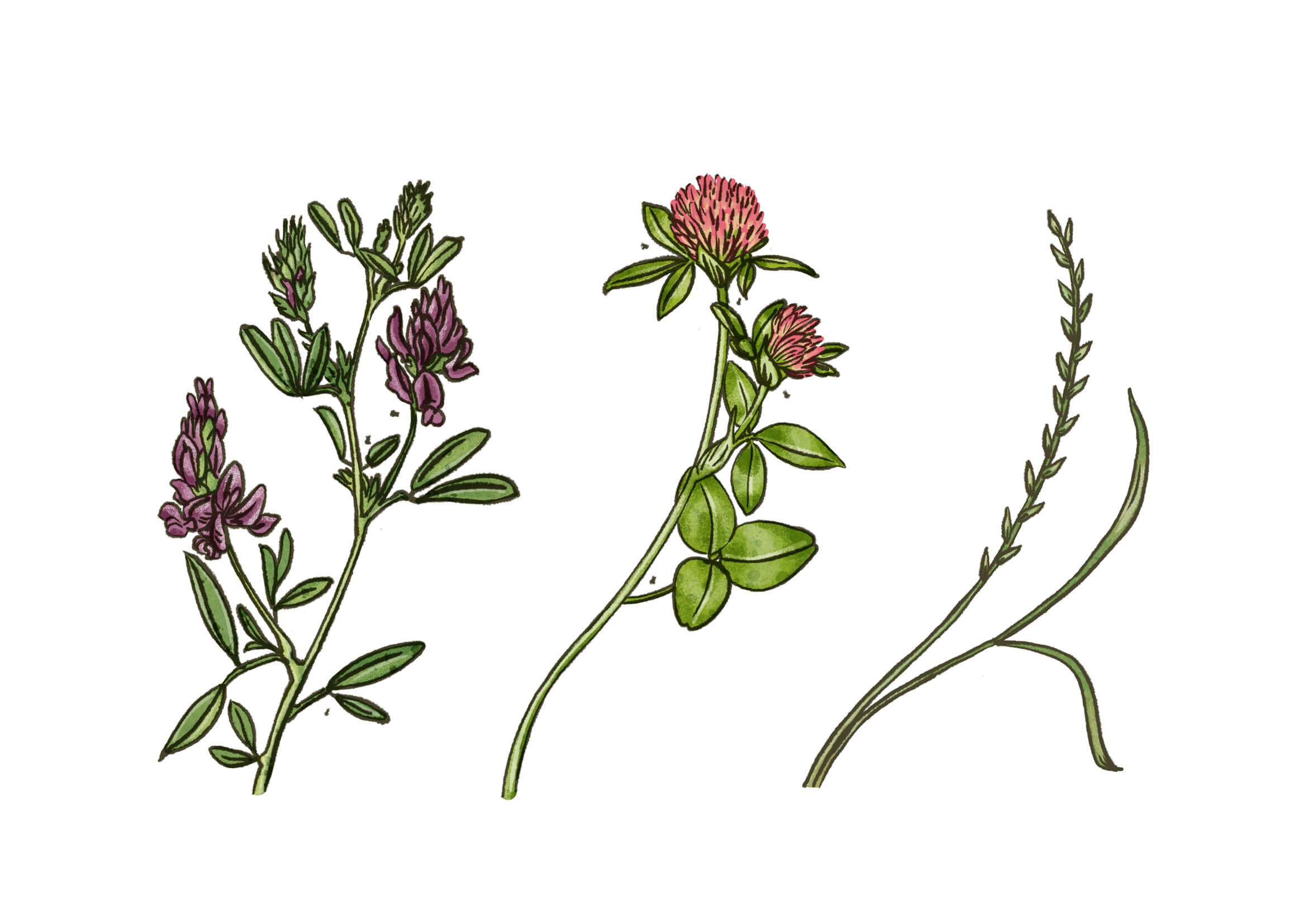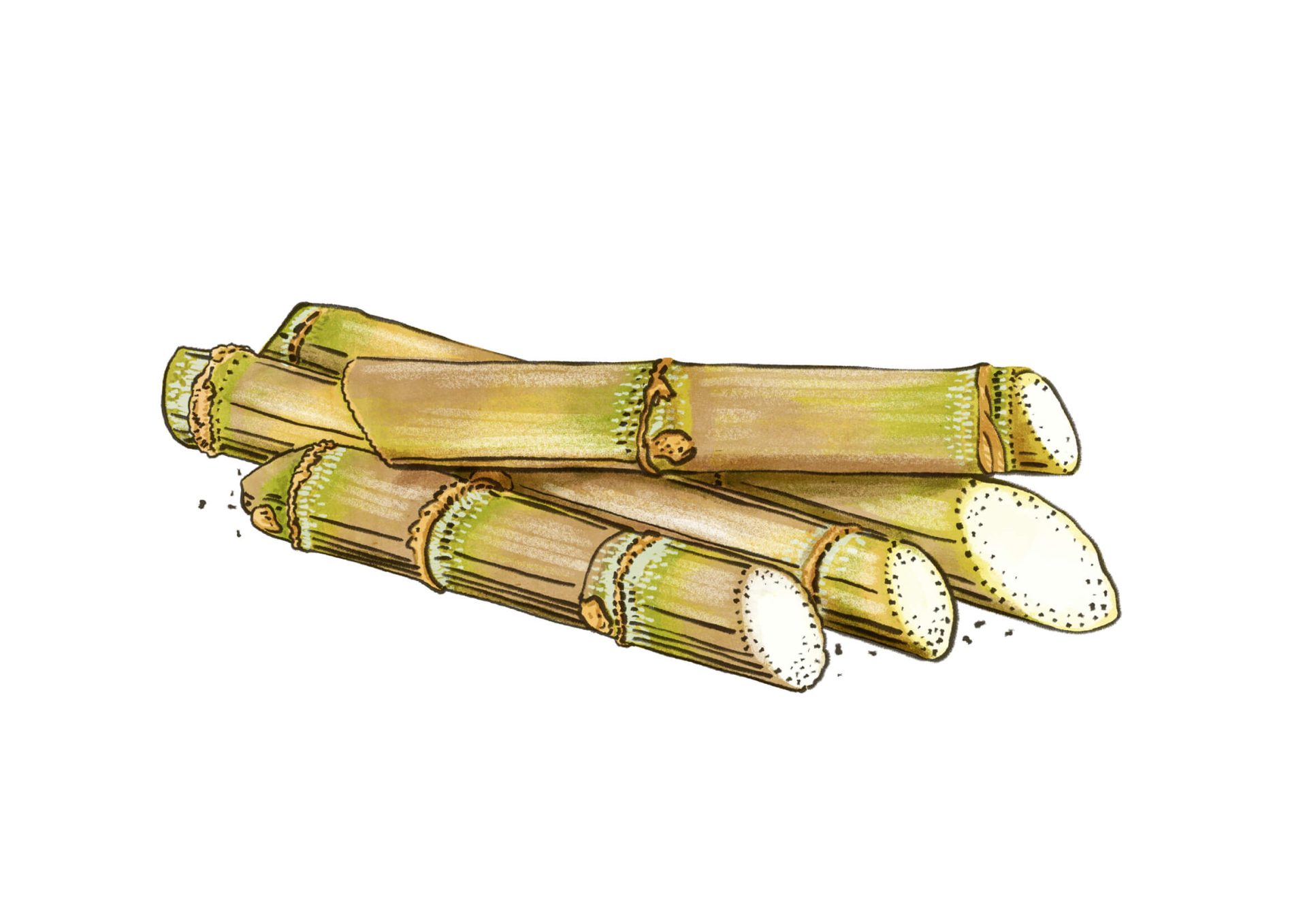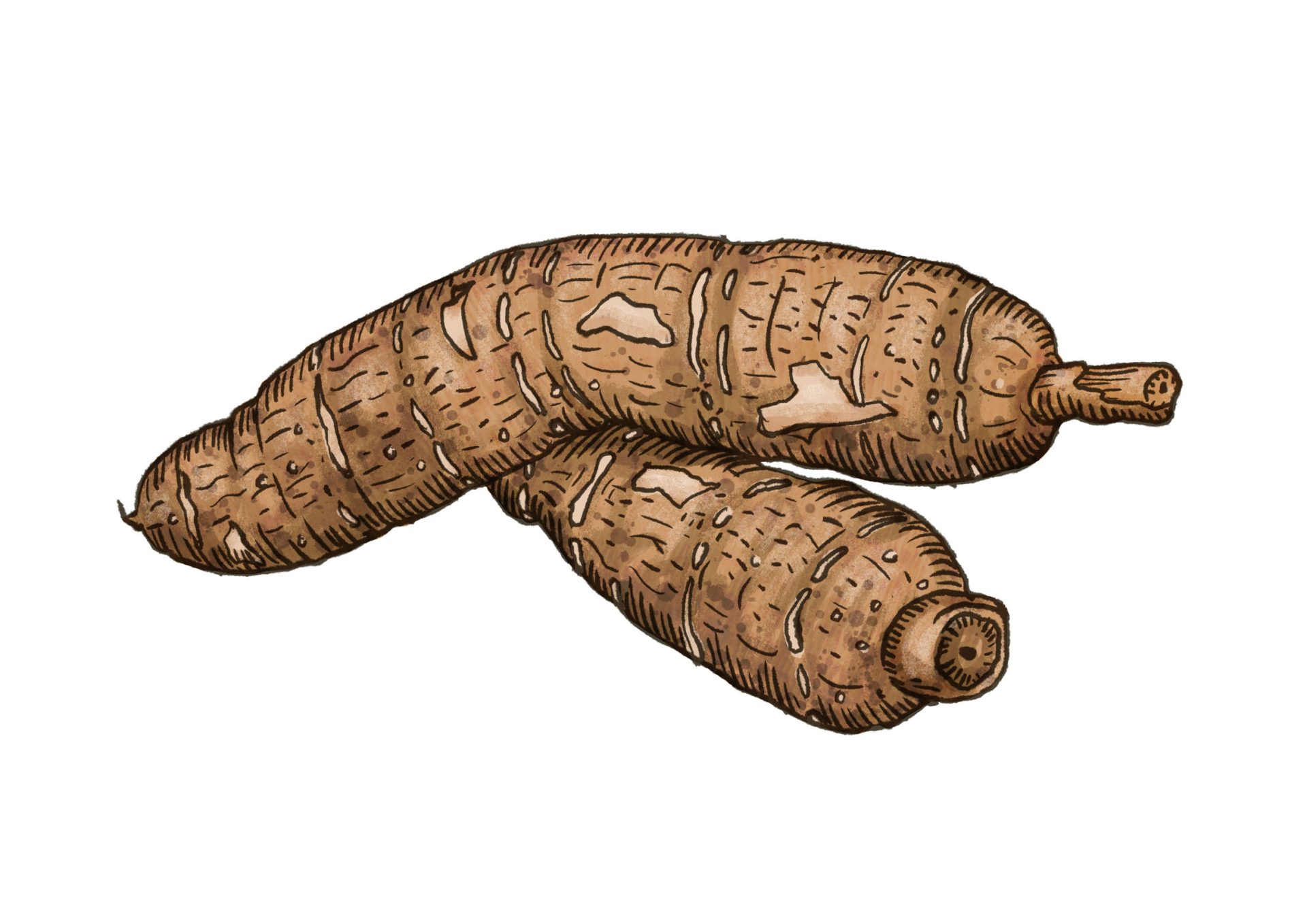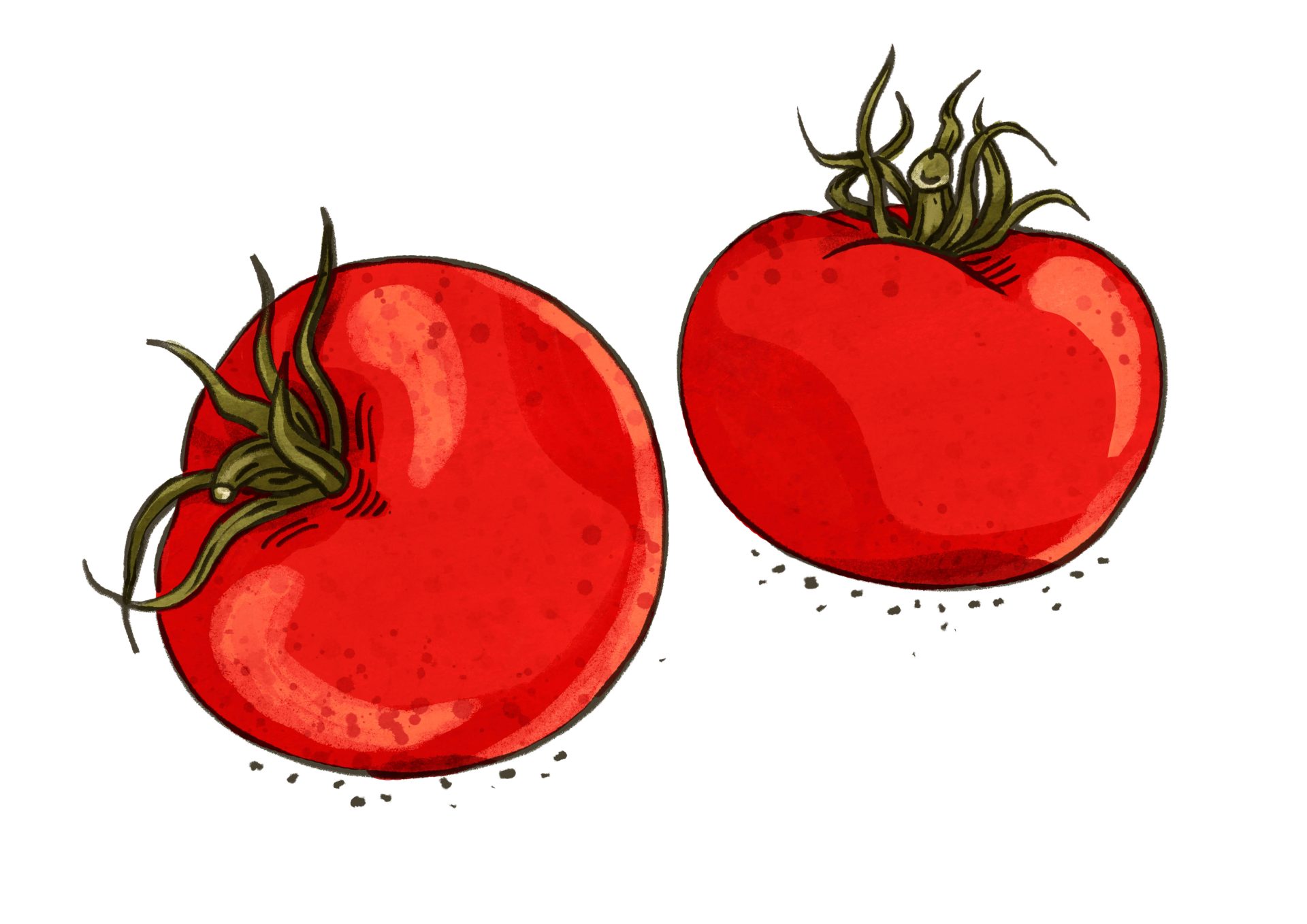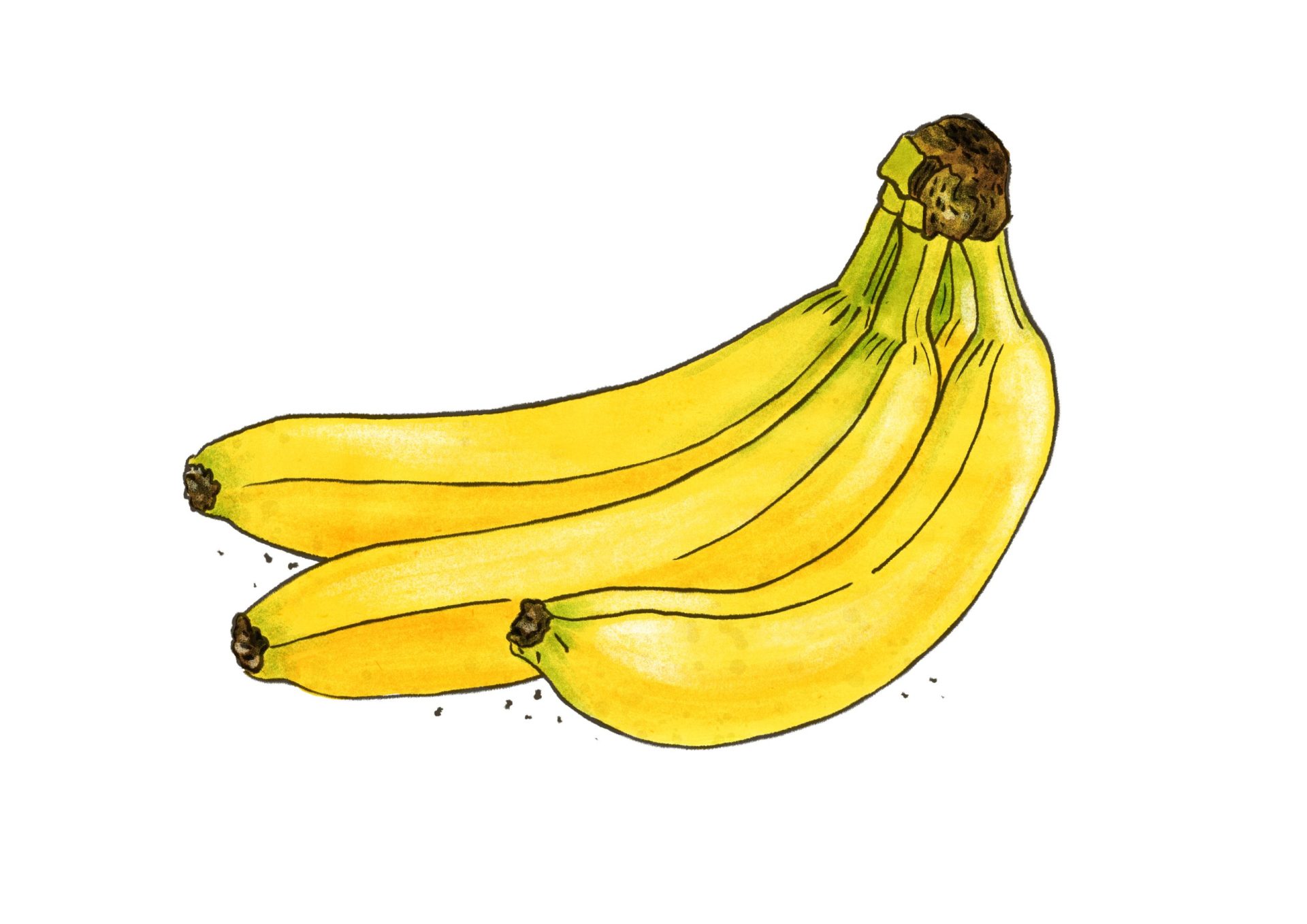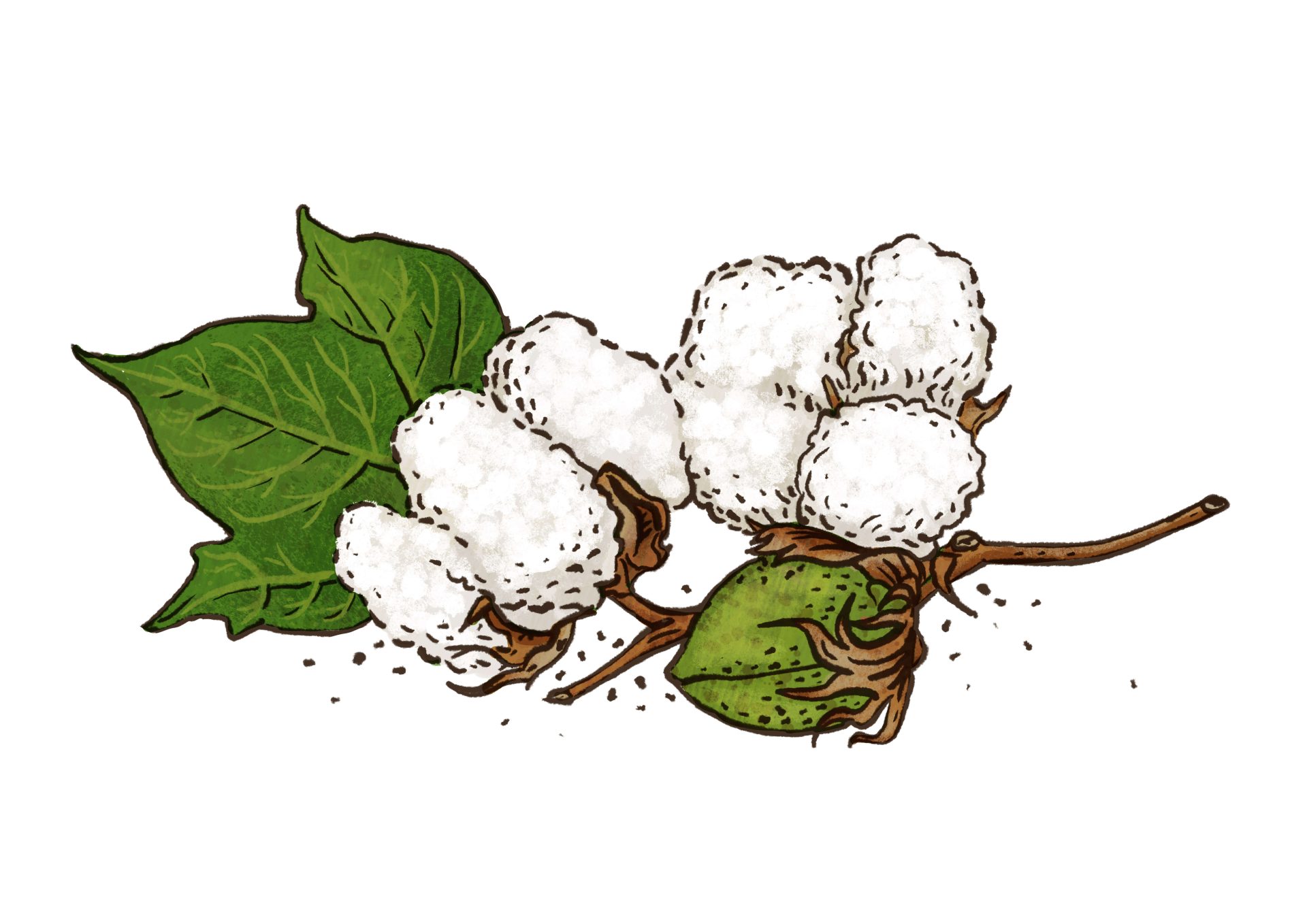Crops of the Weltacker
Approximately the 45 most important field crops in the world grow on the 2000 m² Global Field. Here you can discover what these plants are and find out lots of exciting background information about them.
On the Weltacker, the crops are sorted according to FAO categories and you can also discover them here in these groups. This sorting is based in particular on the uses of the crops. By the way: Some field crops are divided into two categories – soybeans, for example, are shown under pulses and oilseeds.

Grains
Grains occupy by far the largest area of cultivation on our Weltacker. Worldwide, grains account for over 50% of arable land.

Oilseeds
Oilseeds are plants from whose fruits or parts of plants oil is extracted. The end product is used as edible oil, fuel and for technical purposes.

Pulses
Pulses produce a lot of protein in a small space and have many health benefits. At the same time, they play an important role in soil fertility and climate.

Green fodder
The term green fodder is usually used to describe plants such as grasses, alfalfa or clover that are grown as feed for animals or, like beet leaves, are left over as plant parts for feed.

Luxury goods
Luxury foods are plants that are consumed for their stimulating effect and taste, e.g. sugar, coffee, tobacco or cocoa.

Tubers
Tubers are grown for their juicy roots. Cassava is the most widely grown root crop worldwide, followed by potatoes, yams and sweet potatoes.

Vegetables
A healthy diet is not possible without vegetables. However, only around 4% of arable land worldwide is used to grow vegetables.

Fruits and nuts
Fruit and nuts provide us humans with important nutrients. It is highly recommended to eat fruit and nuts regularly. Nevertheless, they grow on surprisingly little farmland.

Fibres
Worldwide, cotton, jute, flax, sisal and hemp are the main crops grown for the extraction of natural fibres from stems, leaves or seed heads.


